23 September 246
Birth of Helena
23 September 1778 Wednesday
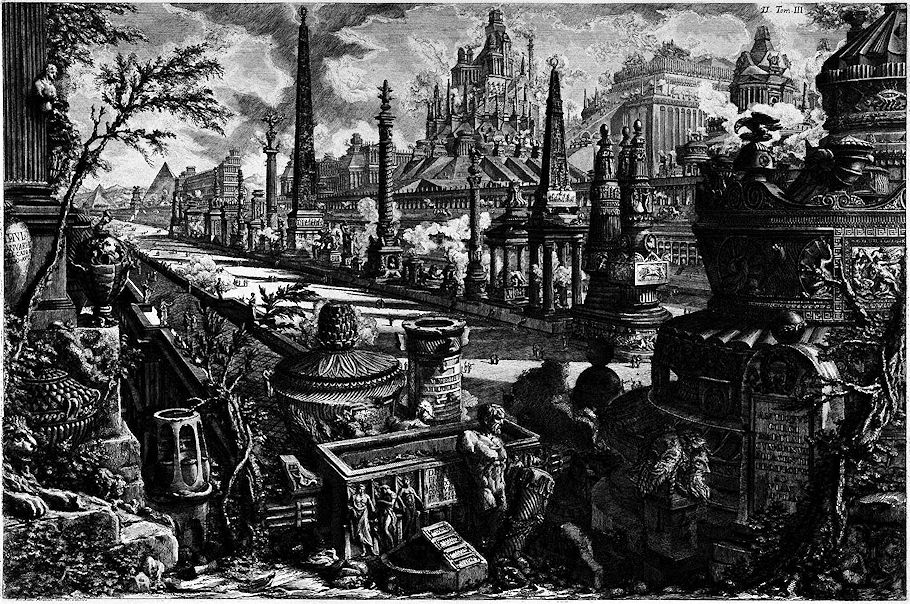
Frontispiece of Le Antichità Romane III, Ancient Circus of Mars with neighboring monuments viewed from the Via Appia, 1756.
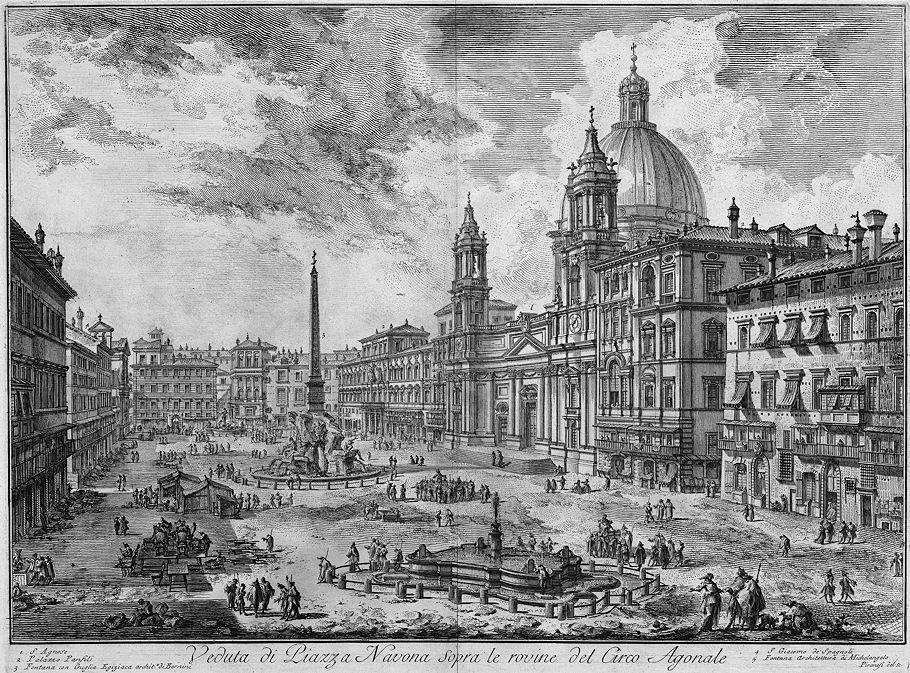
The Piazza Navona, Rome, above the ruins of the Circus of Domitian, the Church of Sant' Agnese [in Agone] to the right, Bernini's fountain in the center, 1751.
23 September 1999
equinoctial augury
Anyone who has visited Quondam's current schizophrenia + architectures exhibit probably already knows that I was born 20 March 1956 (less than four hours before the vernal equinox that year), and that my schizophrenic brother Otto was laterally lobotomized 20 March 1980 (coincidentally in the new version of the same hospital where I was born). Sometime in April 1998 I learned that the 20th of March in ancient Rome was the dies sanguinis, the day of blood, and this prompted me to write a short piece entitled "dies sanguinis" at xxx.htm.
The equinox is when night equals day, and there are two equinoxes, but do the two equinoxes equal each other?
20 September 1999:
I receive a package in the mail which contains one of the several books I've lately been successfully bidding on at eBay. The book is Wonders of Italy, Rome, Eternally Beautiful, a dense little guide book from 1937 with 1045 illustrations and lots of interesting facts; I'm very happy with this purchase. In my initial scan through the book, I look to see what it says about Santa Croce in Gerusalemme, the church which is built upon St. Helena's private chapel that was within the Sessorian Palace. The guidebook entry reads:
"Santa Croce, one of the 'Seven Churches' of Rome, owes its origin to the Empress Helena, mother of Constantine, who in her zeal for Christianity made a pilgrimage to Jerusalem and brought back a collection of relics, including a portion of the Saviour's cross, for the purpose of forming a pilgrim's shrine for those who could not afford time and money for the journey to the Holy Land. The church she founded, was probably a hall of the Sessorian palace in which she resided; it was called Basilica Heleniana, or Sessoriana. The primitive church was rebuilt by Pope Lucius II, in 1114, and modernized in 1743 by Gregorini, who added the baroque facade. The campanile dates from 1196.
The sacred relics preserved in the church include a part of the cross and of its inscription, one of the nails, thorns from the crown, and the finger with which St. Thomas convinced himself of the reality of the wound in the side of Christ. The tribune is covered with frescos representing the Discovery of the Cross. The oldest part of the church is the chapel of St. Helena in the crypt (ladies are not admitted except on the festival of the saint, March 20), the floor of which is built upon a soil composed of earth from Jerusalem." [I know nothing about this 20 March "festival of the saint," but I'd sure like to know more. Furthermore, who dares doubt the relic existence of doubting Thomas' finger?!]
21 September 1999:
I again receive a package in the mail which contains one of the several books I've lately been successfully bidding on at eBay, and this one is entitled Das Weib in der Antiken Kunst (Woman in Antique Art), 1914. At night I went through the book page by page looking at the many splendid black and white photographs depicting woman in ancient art, that is, primarily on vases and in sculpture. To my surprise, the last image is the sculpted head of Heilige Helena, Saint Helena. I have never seen this image before, and indeed the only ancient image of Helena that I thought was presently available was that of her profile on ancient coins issued during her lifetime as empress. I was immediately struck that the head of Helena (which in 1914 was, and I assume still is) in Copenhagen and the colossal head of Constantine within the courtyard of the Conservatory Palace in Rome both have the exact same eyes.
22 September 1999:
Early in the morning I receive an email from amazon.com that they have successfully tracked down an out-of-print book I ordered almost a half year ago, Hans A. Pohlsander's Helena: Empress and Saint. Later in the afternoon I receive a phone call from my mother, and she tells me that she had to take Otto to the emergency room in the middle of the night. I became immediately upset for several reasons, 1) Otto's recent panic attacks of this year seem to be getting worst, 2) why did my mother not call me when it happened, 3) I got upset because I didn't expect myself to get so upset. I had been with Otto earlier that evening when he called and asked if I would pick him up and bring him to my house to then listen to some CDs. This is usually what Otto and I do when he feels a panic attack coming on or when an attack is already in progress, in fact he and I did the same thing the night before. My mother simply didn't want to bother me again, and she felt she could handle the emergency room situation on her own.
23 September 1999:
Lying restlessly in bed during the hours before the autumnal equinox (7:31 am edt 23 September 1999), I think of all the varying instances mentioned above. Of course, I'm surprised and glad to "see" all these new Helena "signs", especially since I'm not even working on her subject matter at this time. And then it dawns on me that Otto was again in an emergency room at a time close to an equinox. And then I think of how my brother not only has his schizophrenic cross to bear, but how he is now a cross for my mother and for me as well. And then I think how my mother still has such strength in her old age (she's 75). And then I think how Helena too had great strength in her old age (she traveled to the Holy Land in her late 70s). And then I think that maybe St. Helena is watching over my brother and my mother. And then I remember that St. Helena is the patron saint of miners, stemming from the ancient account of Eusebius that Helena, on her journey to and from the Holy Land, released (supposedly Christian) prisoners from the mines. And then I remember that my mother was once a post-WWII civilian captive/spoil of war in Soviet southern Ukraine for five years (1 January 1945-8 December 1949), and during those years my mother, Rosa, was indeed a coal miner. And then I decided to write this letter.
Are the two equinoxes the same? I'd say they are exactly the same, but inverted in a fashion that only equinoxes can be.
Balancingly yours,
Stephen Lauf
23 September 2004
thanks, I needed a title
Prince of Traffic
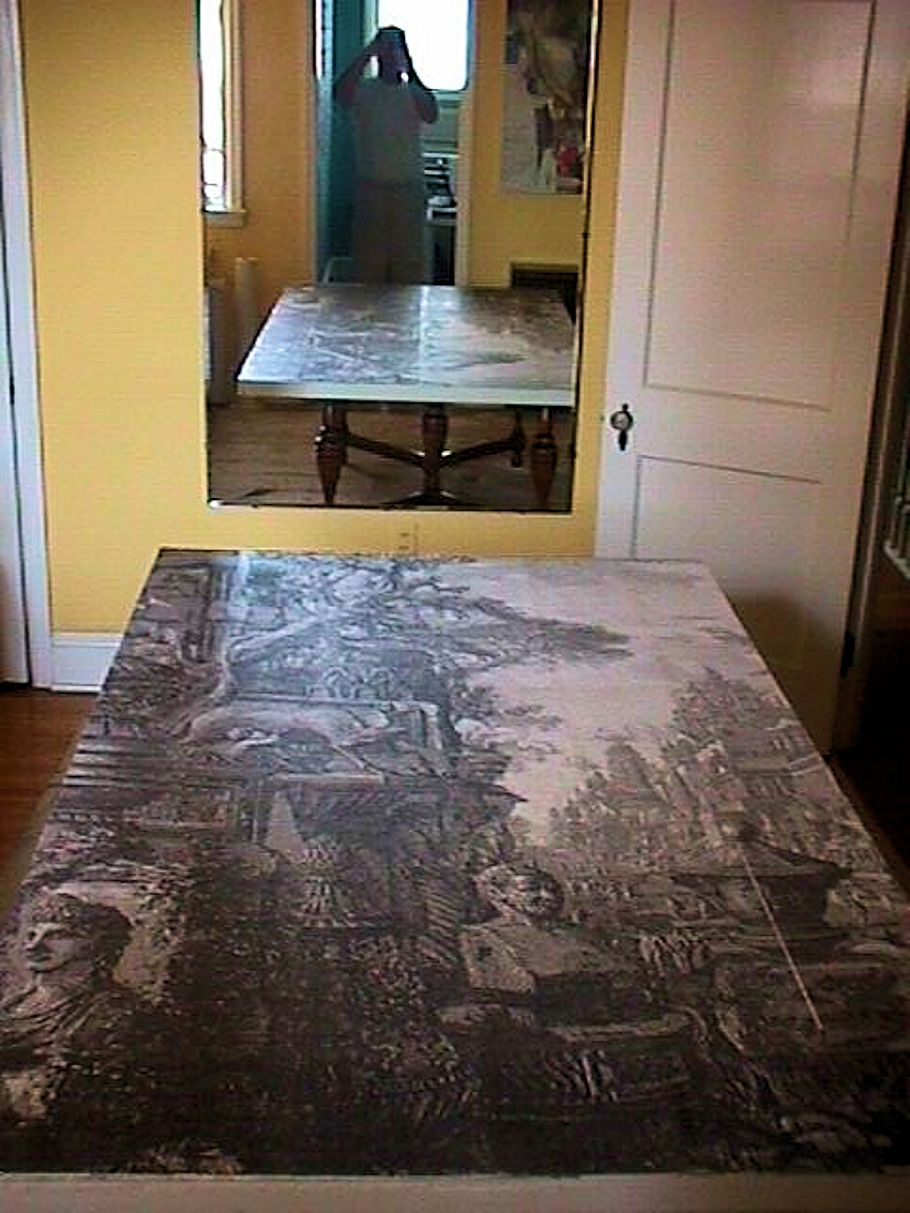
As far as I got last night. Still needs some touching up, then on to parts 2 and 3.
Happy Birthday Helena Augusta
According to the latest (and most elaborate) legend, Helena died just a couple of months before what would have been her 80th birthday, 23 September 326.
Was Eutropia at Trier on 23 September 326? Is that when she (metabolically) gave orders for the destruction of the Imperial palace there to then create the enormous twin basilicas in its place?
Perhaps Constantine should have mentioned that Eutropia didn't send the letter about Mamre from Mamre.
[recollecting seven years ago]
He was barely conscious, but he still understood I had just gotten my mother's car fixed. "Battery" was the last word my father Otto ever said to me 23 September 1997. For the next 30 hours he could hardly breathe, and I couldn't bear to watch. Ultimately, his lungs filled up with fluid, my mother saw him puke, and then he died shortly before 10 pm 24 September 1997.
23 September 2022 Friday
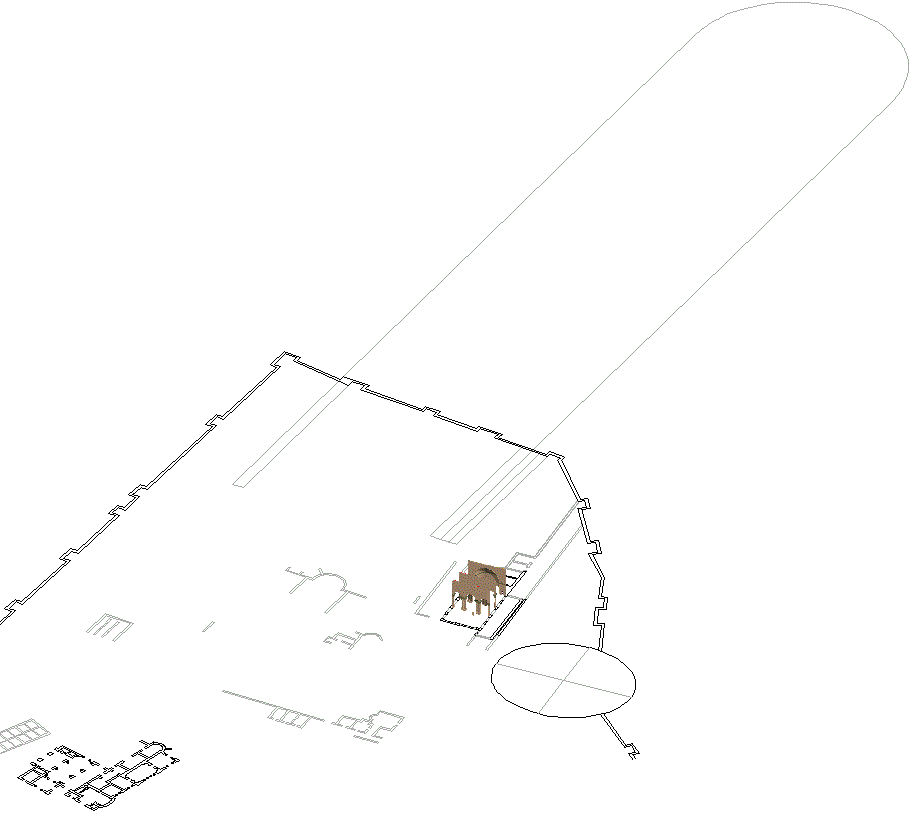
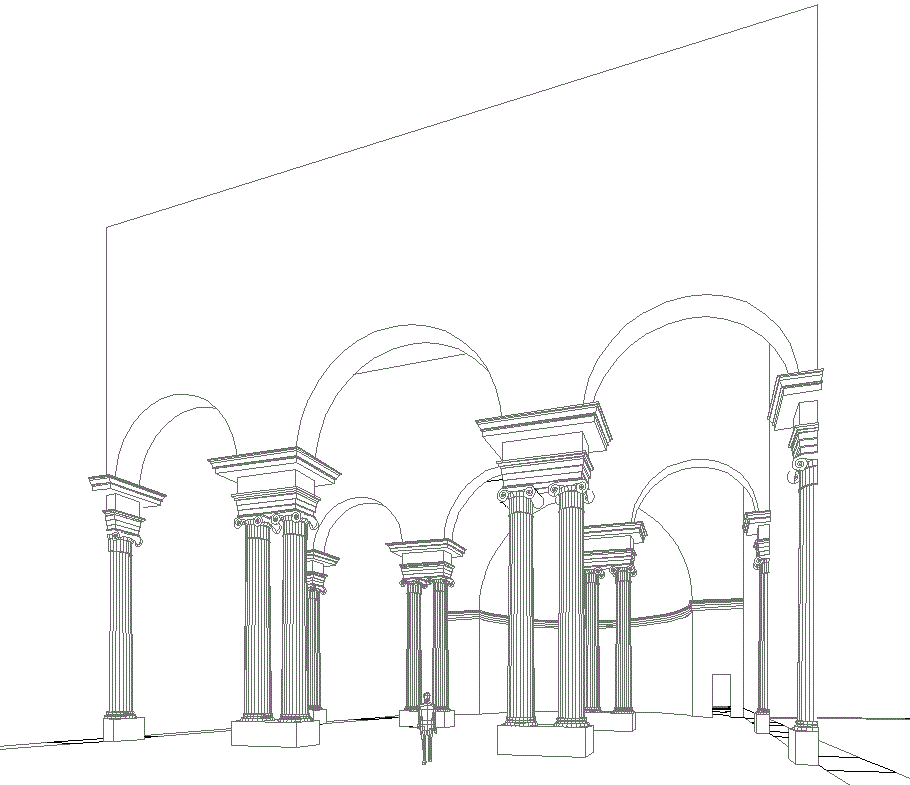
Basilica Sessoriana
Shortly after the autumnal equinox last night, I received a text from Andrew Kovacs:
09:37 A
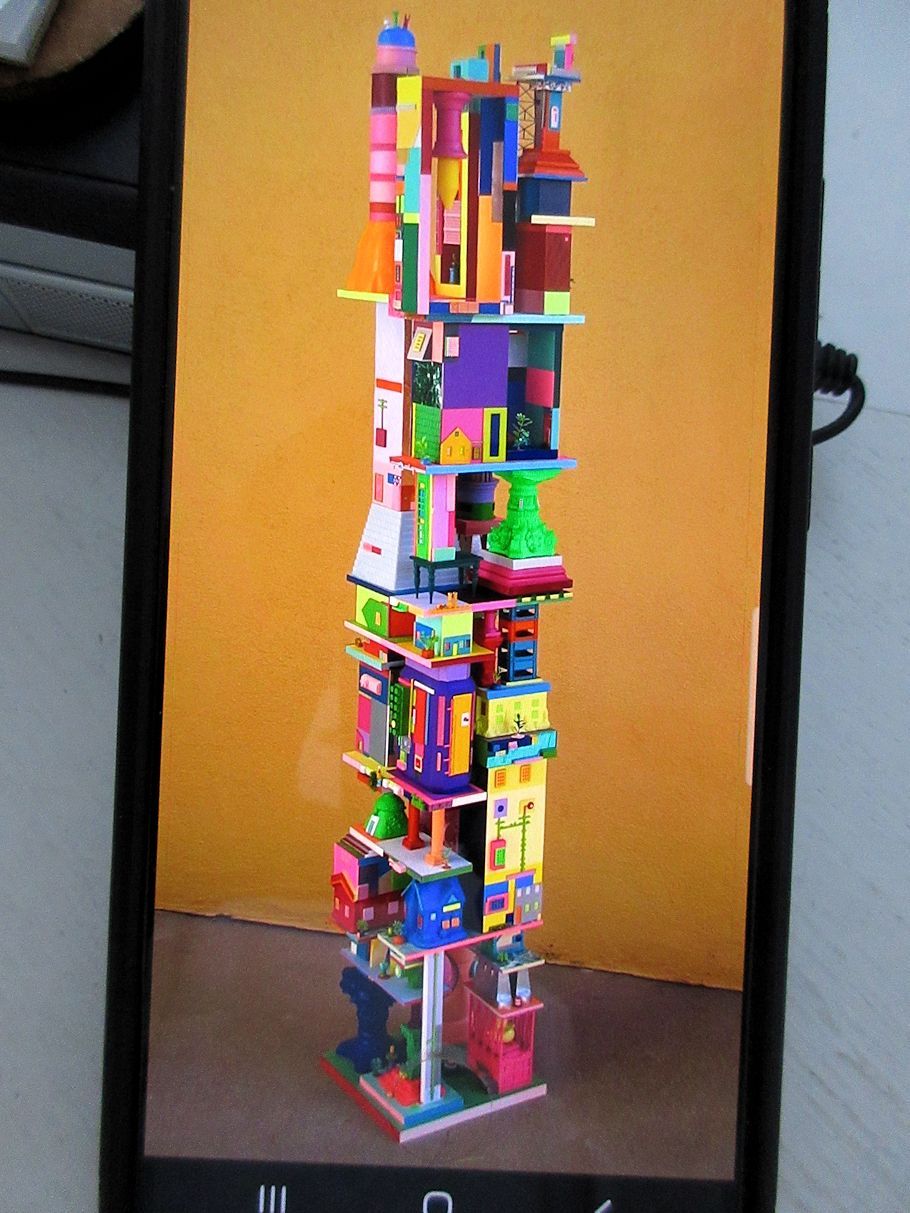
09:42 S
Quite the masterpiece! Love the perfected screen color palette. Happy equinox!
09:43 A
Screen color palette - so true! Thank you - happy equinox. Happy you like it - what are equinox superstitions?
09:50 S
For the answer to that question, you'll have to read tomorrow's page of The Discovery of Piranesi's Final Project. No lie.
09:53 A
I see - I should do that.
09:54 S
Yes, you should. lol
09:54 A
Give me a text synopsis please.
09:57 S
It's all about discoveries, lots of them, but specifically Piranesi's final project.
09:57 A
I see I see - there's so much on Piranesi.
09:58 A
It's amazing.
10:02 S
Andrew, I myself don't know how it ends, except that Piranesi dies 9 November, and thus also ends his work on the final project: Ancient Circuses.
10:02 A
Lol amazing - I need to see that!
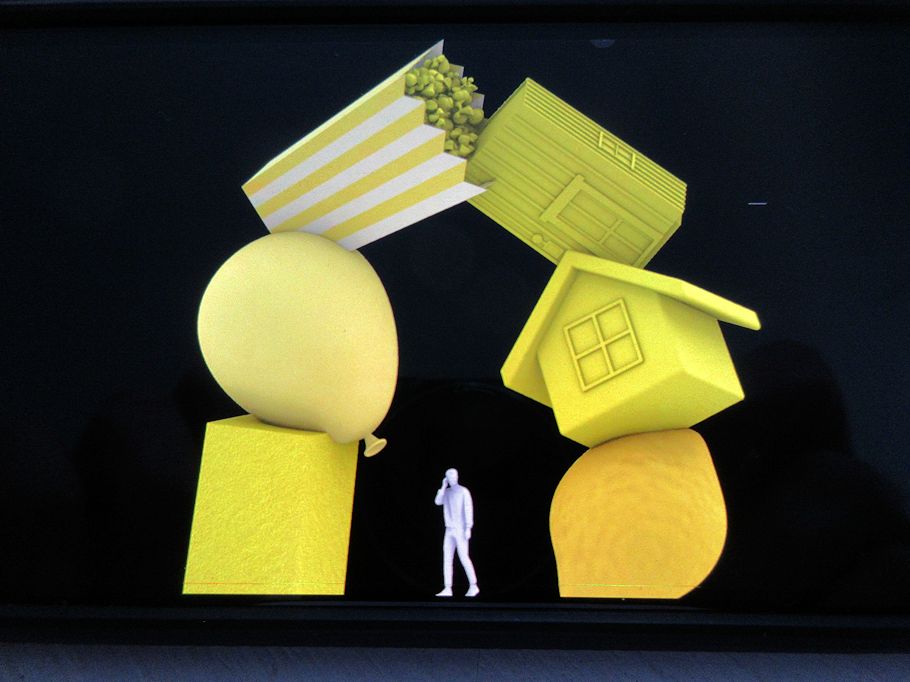
10:05 S
History (making) via reenactment via calendrical coincidence.
10:06 S
Going out to look at clouds.
10:06 A
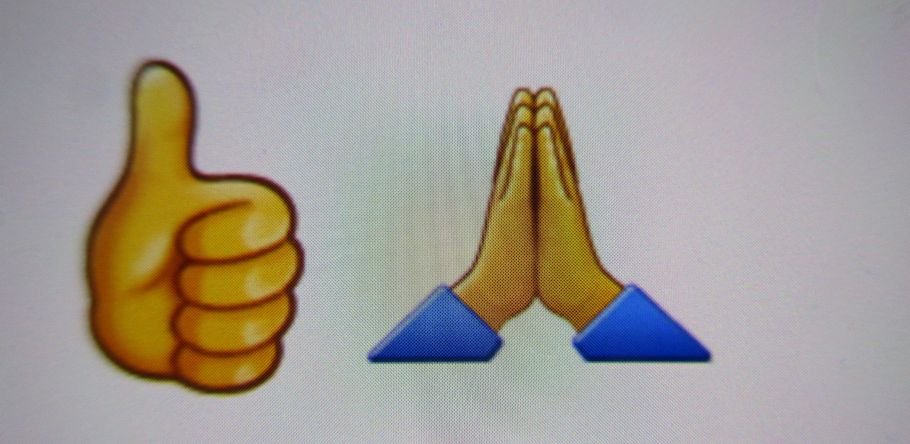
And today I'm wishing Orhan Ayyüce a happy birthday.
|